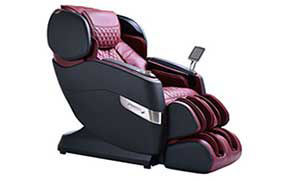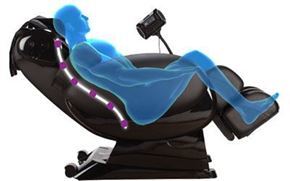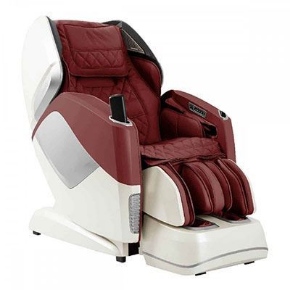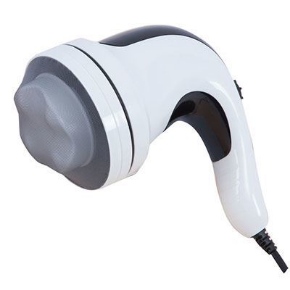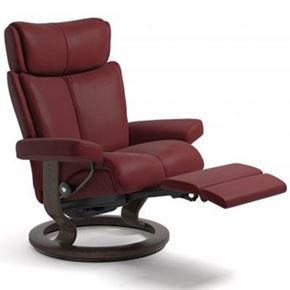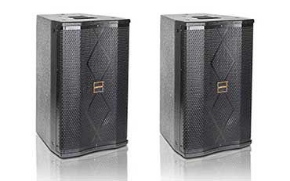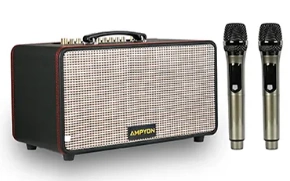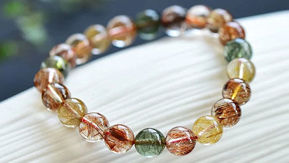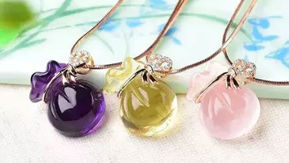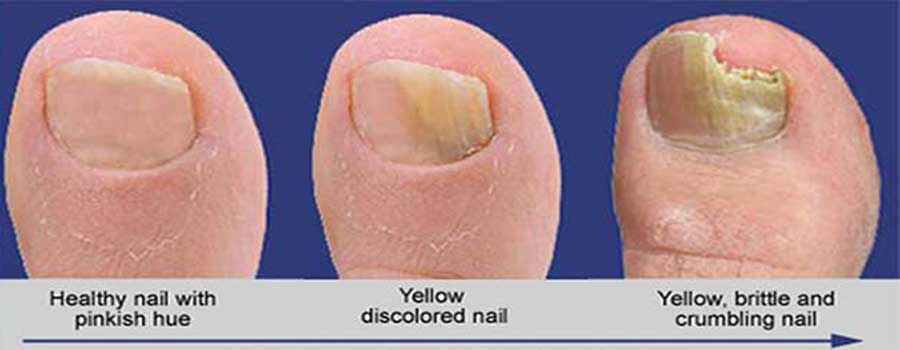

Our focus in today’s article will be to discuss pedicure infections, the most common infections, and how to prevent catching an infection.
Getting a pedicure might be the highlight of your week. After days of working 9 till 5, you get to sit down, relax with a magazine, and have your feet taken care of by a qualified professional. That being said, your moment of the week could quickly take the turn for a worst if you were to catch an infection and while there are some infections which won’t cause you too much bother (other than having to take antibiotics for a few days), there are some nasty ones out there.
#1 – Mycobacterium Fortuitum
At the top of the list, we have the worst of the worst, Mycobacterium Fortuitum. The main reason that this infection is contracted is because customers shave their legs before a pedicure and as the bacterium are commonly found in footbaths, shaving their legs increases the risk.
Common symptoms of Mycobacterium Fortuitum includes boils on your feet and legs, sores, and small red bumps. These may take care of themselves although if you notice sores, you should seek further medical attention. If the boils are persistent then you may be recommended to have them removed by having a doctor lancing them. Unfortunately, boils or sores that are caused by this bacterium will leave scars.
To prevent catching this infection, don’t shave your legs before getting a pedicure and you can even take your own nail equipment to the salon to have them use during your appointment.
#2 – MRSA (Methicillin Resistant Staphylococcus Aureus)
This infection is a prime example of why all equipment used during a pedicure should be thoroughly disinfected between clients. This infection can result in tissue scarring, limb amputation, and in some severe cases, death. Unfortunately, antibiotics aren’t capable of treating this infection as it is resistant, making the diagnosis even more threatening.
Fortunately, this isn’t a common infection and if you catch it, you’ll notice it within the first 24 hours. It is spread mainly in nail salons and is usually found on hands, feet, and under fingernails.
Common symptoms include joint pain in your hands and feet, swollen hands, and skin cracking. You might find that when your skin cracks, pus oozes out of the cracks – it’s easy to realise that you have the MRSA infection.
MRSA is spread as a result of pedicure chair basins and nail tools that haven’t been cleaned properly. It should be standard protocol for salons to soak their used nail tools in disinfectant for at least 10 minutes before sterilizing and storing it appropriately. The best way to avoid this infection is to bring your own nail tools with you and make sure that the pedicure chair’s basin has been cleaned.
#3 – Swine Flu
You might be surprised to hear that you can also catch Swine Flu from a salon. If you don’t already know about Swine Flu, it is one of the most contagious forms of the flu virus and the reason that it is so dangerous is that most people who are affected by it don’t have an immune system capable of fighting it off.
The infection starts off just like the normal flu would – coughing, sneezing, joint pain – and slowly escalates; it is usually spread by humans simply coming in contact with one another.
It’s possible for the infection to survive as long as 8 hours outside of the human body, so it’s very possible for customers to bring the infection into a salon without knowing that they’re putting everyone around them at risk.
Symptoms of swine flu are similar to the normal flu, but worse, and you can avoid spreading it by ensuring that salon employees are wearing disposable gloves (that are changed between customers), washing their hands, and cleaning all equipment using disinfectant and the appropriate cleaning chemicals.
If you’re experiencing symptoms of swine flu (or even just the regular flu) then cancel your appointment at the salon and reschedule when you’re feeling better.
#4 – Warts
Warts are one of the most contagious skin infections that you can experience and aren’t pleasant to deal with at all. Given how contagious they are, it’s not surprising that the odds are stacked against you if the proper cleaning procedures aren’t in place.
Warts are a result of HPV, otherwise known as human papillomavirus – an incredibly contagious type of virus. There are several strains of HPV, such as those that can result in cancer, but only a few of these strains can lead to warts on your skin.
The main way that warts spread is by making contact with someone who has the virus. If a salon worker has just been giving a pedicure to a customer who had a wart on their foot and didn’t clean their hands properly, they may then give the virus to you. There are two main types of warts that are found on feet – common warts (generally found on the top of your foot) and plantar warts (generally found on the bottom of your foot). If you have a plantar wart on your foot, then expect it to start growing inward as a result of walking around.
In order to prevent getting warts on your feet as a result of a pedicure, make sure that the salon worker is wearing a fresh pair of disposable gloves and if pumice stones are being used, consider taking your own.
#5 – Athlete’s Foot
Contrary to what a lot of people believe, even if you aren’t an enthusiastic athlete, you’re still at risk of catching athlete’s foot. Tinea pedis, the biological term for athlete’s foot, is a type of fungal infection which can only grow in warm and damp areas – making your feet the best place for it to settle.
Because of that, one of the most common places for athlete’s foot to spread is a pedicure chair’s basin in a salon. Keeping in mind that hundreds of people will have used it before you, if the chair hasn’t been cleaned properly then it’s not unlikely that you’ll leave with a surprise between your toes. To make matters worse, the fungus is very stubborn and a quick clean won’t eliminate it. Anti-fungal cleaning products must be used alongside disinfectant, and a thorough cleaning must be done.
Common signs of athlete’s foot include itchy feet and dry skin between your toes, but the best way to prevent this fungal infection is to keep your feet clean and change your socks daily. You should also change your socks if they become damp. If you notice any signs of athlete’s foot, cancel your appointment to get a pedicure until it has cleared up, the last thing you want to do is spread it to other people and ruin their salon experience.
To Conclude…
There are a lot of nasty infections out there and for the most part, they’ll make you feel awful and majorly disrupt your life until you seek medical attention. Take into consideration some of the things which we discussed above to prevent an infection so that every time that you go for a pedicure, you don’t have to worry about the risk and you can truly enjoy the experience.


